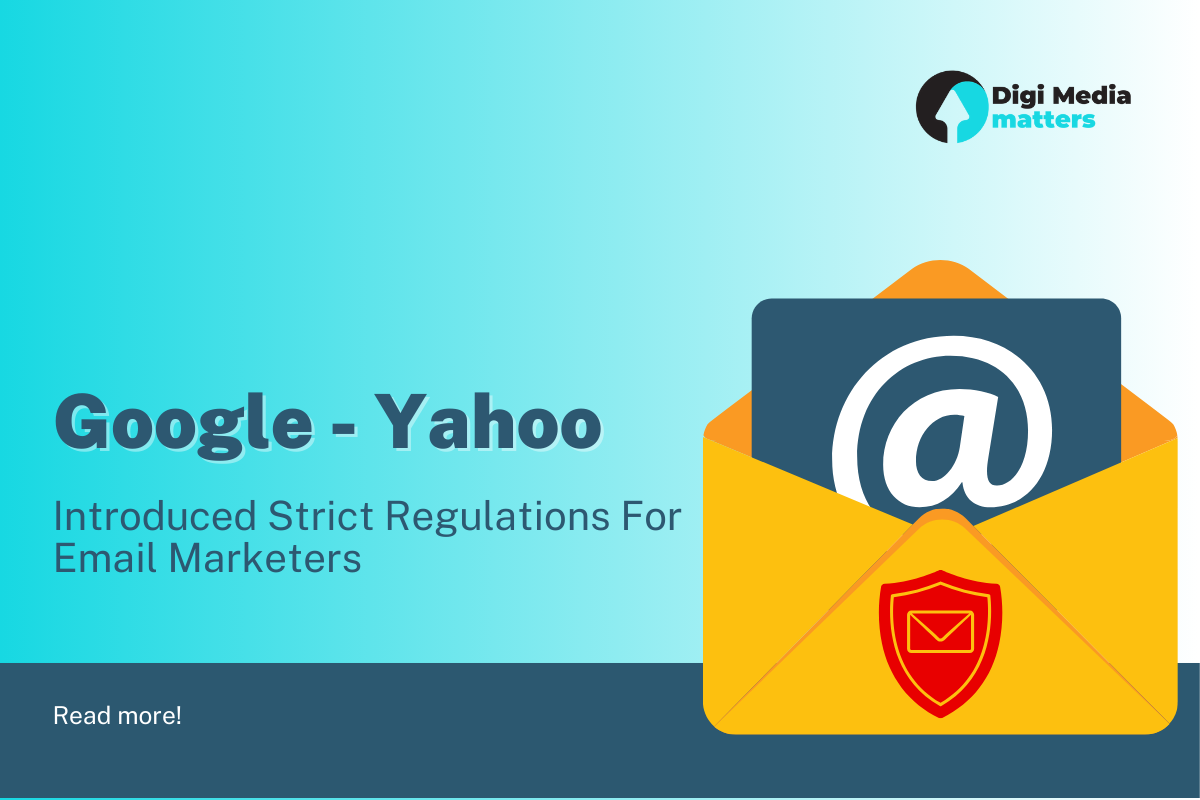
Adding to the inbox revolution, Google and Yahoo have implemented steps to tighten their grip on bulk email senders, marking a big change in the way businesses approach their audiences. This shift looks at prioritizing the experience of users and aims to combat spam, raising the bar for email marketing compliance. This makeover has been implemented since February 1, 2024, largely impacting the wild west of email marketing.
What is the new landscape for bulk email marketers?
- Mandatory authentication: Requirements have been set for bulk senders to implement email authentication protocols like SPF, DKIM and DMARC by both Google and Yahoo. This requisite is set for those sending over 5,000 emails a day and verifies the legitimacy of senders; preventing spoofing- something often used as a phishing attack tactic.
- Easy Un-subscription: Already available in the G-mail app now, one-click unsubscribe options have been made mandatory for all emails, streamlining the process for users to opt out of emailing lists they do not want. Additionally, it is essential for senders to process these unsubscribe requests within two days to ensure that removal from these lists is prompt.
- Spam Threshold: Google, specifically, has set a 0.1% spam complaint rate threshold for bulk senders, and will be issuing warnings for those accounts exceeding 0.3% with consequences including message filtering or even account suspension if compliance is failed.
What will be the implications of these regulations?
While adapting to more stringent regulations may seem daunting, the present ample areas of opportunity for email marketers. Emails that follow through with the compliance guidelines have a starker chance of landing in inboxes rather than spam, boosting engagement and campaign performance.
A demonstrated commitment to user experiences can also enhance trust and brand loyalty among customers and further amplify user experience with easier opt-out options and lower spam rates.
With this concrete step by Google and Yahoo out in the open, more stringent email marketing regulations are likely underway, with governments and various other platforms following suit. By embracing these changes and prioritizing user experience, email marketers can ensure their messages reach the right audience while fostering trust and building long-term success.
